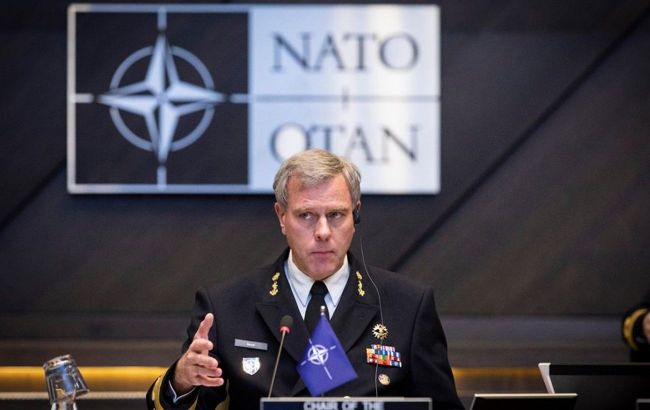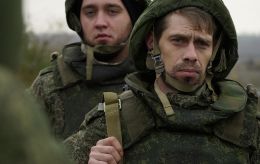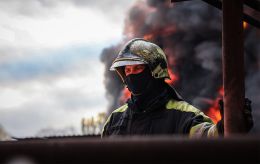NATO warns against excessive pessimism amid ongoing war in Ukraine
 Rob Bauer, Head of the NATO Military Committee (Photo: nato.int)
Rob Bauer, Head of the NATO Military Committee (Photo: nato.int)
After yesterday's meeting of the Ukraine-NATO Council, where the resistance of the Armed Forces of Ukraine to the large-scale military aggression of the Russian Federation was discussed, Admiral Rob Bauer, the Head of the NATO Military Committee, called on the global community not to succumb to pessimism, according to the NATO press service.
The head of the Military Alliance noted that yesterday, on January 17, during the meeting of the Council, the Ukrainian side was represented by Major General Serhii Salkutsan, who informed about the events on the front on behalf of the Commander-in-Chief of the Armed Forces of Ukraine, General Valerii Zaluzhnyi.
"Our assessment is: there is intense fighting going on. And while Russia’s most recent attacks are devastating, they are not militarily effective," Admiral Bauer said.
At the same time, he pointed out that NATO saw "substantial military successes on the Ukrainian side."
"While the world may have been overly optimistic in 2023, it is important that in 2024 we don’t become overly pessimistic," said the head of the Alliance's Military Committee.
NATO is preparing for possible escalations
Earlier, the head of the NATO Military Committee, Admiral Rob Bauer, stated that the alliance needed transformation, and the West had to prepare for an era in which anything could happen at any time, including the start of war.
His remarks came against the backdrop of delays or restrictions on military aid to Ukraine from the United States and the European Union.
On January 16, Ukrainian President Volodymyr Zelenskyy warned that Western wavering in support of Kyiv and fears of an escalation of the war with Russia could prolong hostilities for years.
Earlier today, Bild reported that NATO was planning to conduct large-scale exercises in February with the participation of around 90,000 military personnel. The scenario for the exercises is a Russian attack on the territory of the North Atlantic Alliance.

